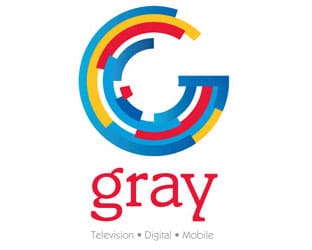It has become apparent that Arbitron’s PPM service reports lower listening than its diary service. Studies have shown that the average station’s AQH Persons decreases in excess of twenty percent. This decline means that their AQH Rating falls by a similar amount.
Many conclude that lower ratings will result in a station’s AUR declining at a time when our industry is ill-prepared for anymore obstacles.
There is a basic flaw with this thinking. While stations are often judged based on ratings, rank and CPP, the basis of pricing is Economics 101-supply and demand. This elementary concept is often forgotten in the context of pricing as our currency changes. A station’s rates are based on the demand for its inventory. How else can you explain that for years WFAN-AM was the top biller in New York even though it rarely broke the top 10 on a ranker?
Stations’ rates were being set well before cost-per-points were prevalent. Cost-per-points follow a station’s rates, not the other way around. Two markets of similar population can have very different average cost-per-points because of differences in supply and/or demand.
We can all remember markets that were on fire. Cost-per-points go out the window as people will spend whatever it takes to get on the air. If demand grows and supply stays constant, then AUR will rise. Conversely, if demand falls and supply remains constant, AUR will drop. Neither of these two scenarios has anything to do with ratings or cost-per-point.
That’s not to say that the conversion from diary to PPM won’t affect a station’s billings. As a station’s rank position rises or falls, demand for its inventory will change. Also, if not properly educated, an advertiser may perceive that radio has gotten more expensive because the same schedule in a PPM world will yield a significantly higher CPP than it would in a diary world. Although PPM listening estimates show lower ratings, actual listening has not declined.
Advertisers’ misperceptions can be easily eliminated by a well-focused and clear explanation that the radio schedule’s actual effectiveness has not changed; only the tool that measures it has. A schedule that was effective in a diary-based world will be equally effective in a PPM world. If a radio station delivers real results for an advertiser, there will be great demand for its inventory and its AUR will rise – no matter what the PPM estimates show.
Charlie Sislen
Research Director, Inc.




